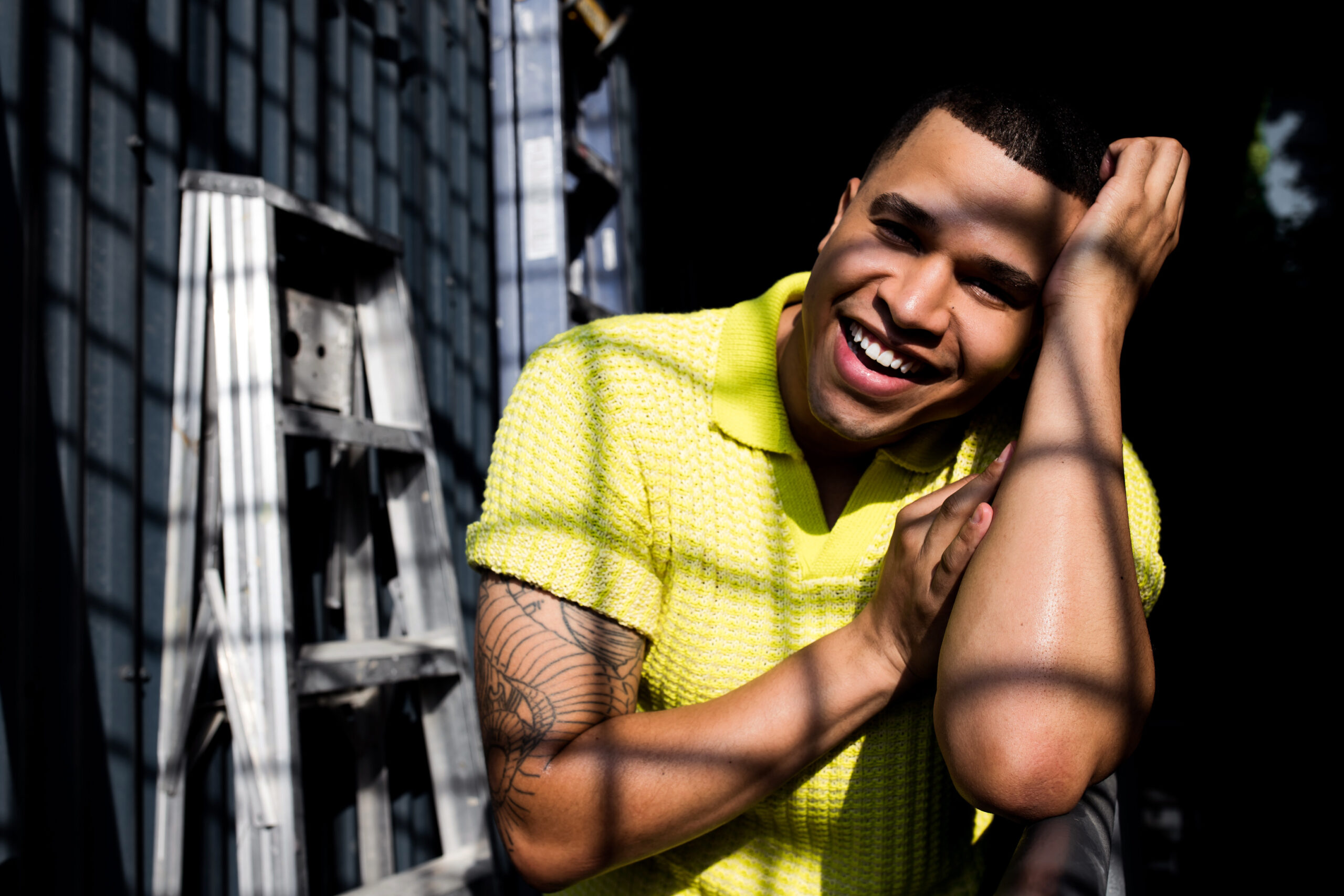In a recent interview with Popfuzion TV , actor Ian Collins, who brings the character Tristan to life in AMC’s ‘Snowpiercer’, reflected on the profound journey of his character over the four seasons. Tristan’s evolution from a shadowy survivor to the head of hospitality embodies a remarkable transformation, showcasing themes of responsibility and leadership in the face of adversity.
Collins shared memorable moments from filming intense action sequences, highlighting the electric energy on set which fueled their performances. He also emphasized the deeply relatable emotions of fear, loyalty, and survival that Tristan experiences, making it easier for him to connect with the character. As a proud member of the 2SLGBTQIA+ community, he noted that representation has improved in the industry but still has room for growth. Ultimately, Collins hopes that viewers will be inspired by Tristan’s journey of growth and resilience, seeing it as a powerful reminder of the strength that can emerge from even the most challenging circumstances.
1. What has it been like to portray Tristan throughout the four seasons of “Snowpiercer”, and how has your character evolved over time?
Portraying Tristan over the course of four seasons has been an incredible journey. When I first booked Tristan , he was more of a shadow figure, someone who was trying to survive in the harsh environment of the train. But as the series progressed, his role expanded, and we got to see him step into leadership with his promotion to head of hospitality. That evolution—watching him go from being self-protective and unsure to someone who is responsible for the well-being of others—has been a joy to play. His growth mirrors the challenges of survival and loyalty on the train, and I think it’s made him a more complex and dynamic character.
2. Can you share any memorable behind-the-scenes moments or challenges you faced while filming the final season?
One of the most memorable moments from filming the final season was shooting some of the more intense, action-packed scenes on the train. The tight spaces make everything feel more heightened, and the physicality of those scenes can be a challenge, but they also add to the intensity of the show. There was one day when we were filming during a chaotic train sequence, and the energy on set was electric—everyone was so immersed in the scene that you could feel the tension in the air. It’s those kinds of moments, where the cast and crew come together to bring the story to life, that I’ll never forget.
3. How do you connect with Tristan’s experiences and emotions, especially given the series’ unique setting?
Connecting with Tristan’s emotions in such a unique setting as Snowpiercer is both challenging and rewarding. At its core, though, Tristan’s experiences are deeply human—he’s navigating fear, loyalty, and survival, which are emotions that anyone can relate to, even if the setting is a post-apocalyptic train. I also relate to his protective instincts and the way he grows over time, becoming more responsible not just for himself but for others. The isolation and pressure of the train can amplify those emotions, which adds an interesting layer to portraying him.
4. In addition to “Snowpiercer”, you’ve appeared in a variety of shows. How does working on a series like “Snowpiercer” compare to your other projects?
Snowpiercer is unique in so many ways—especially in terms of the scale of the production and the complexity of the setting. The train itself almost feels like a character, and that confined, ever-moving space creates a really intense atmosphere to work in. Compared to some of the other projects I’ve done, Snowpiercer is much more physically demanding, but it’s also given me the chance to explore a character over a longer period of time, which has been incredibly fulfilling. I’ve worked on shows across different genres, but the depth of storytelling and the themes of survival and social justice in Snowpiercer make it stand out.
5. As a proud member of the 2SLGBTQIA+ community, how do you feel representation has changed in the entertainment industry since you started your career?
Representation in the entertainment industry has definitely improved since I started my career, but there’s still a long way to go. When I was growing up, I didn’t see many characters on screen who reflected my experience as a biracial gay man, and that absence can be isolating. Over the years, we’ve seen more diverse stories and characters, especially in terms of LGBTQIA+ representation, and I think that’s incredibly important for audiences. It’s not just about seeing ourselves on screen—it’s about telling real, nuanced stories that go beyond stereotypes. I’m hopeful that we’ll continue to see even more progress in terms of inclusivity.
6. What do you hope audiences take away from the final season of Snowpiercer, particularly in terms of Tristan’s storyline?
I hope audiences take away the importance of growth and transformation from Tristan’s journey. Over the course of the series, Tristan goes from being someone focused on survival to someone who steps into leadership and learns to care for others. His arc is a reminder that even in the most challenging circumstances, people can evolve and find their strength. As the train continues its journey, Tristan’s story is a testament to resilience, and I hope viewers feel inspired by that. The final season also touches on themes of loyalty and what it means to protect those around you, which I think will resonate with a lot of people.
Be sure to follow Ian on Instagram by clicking HERE .
